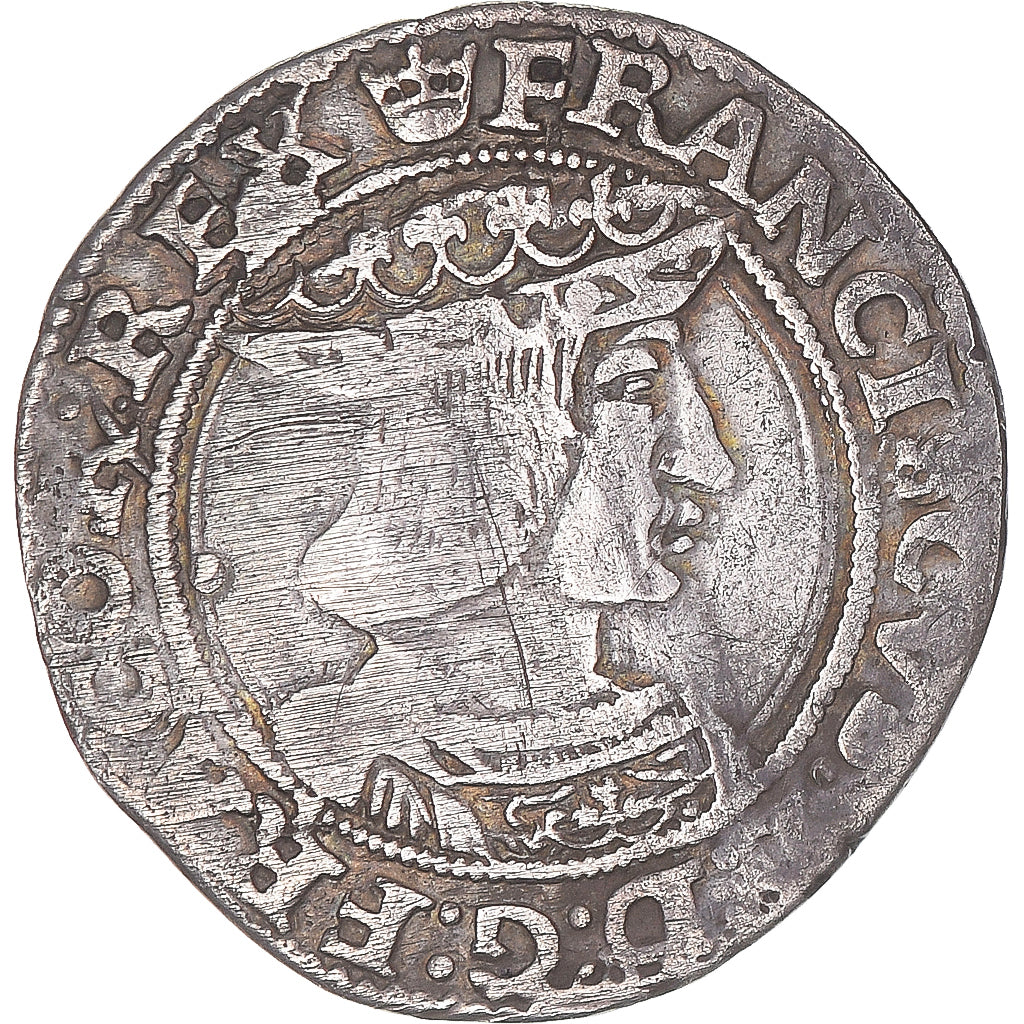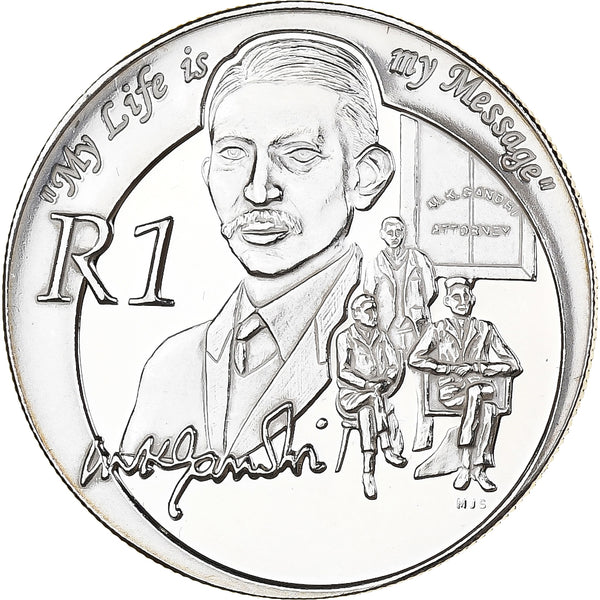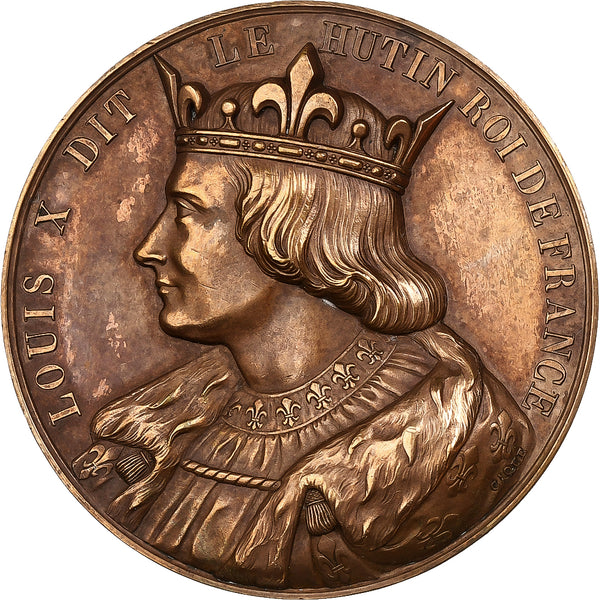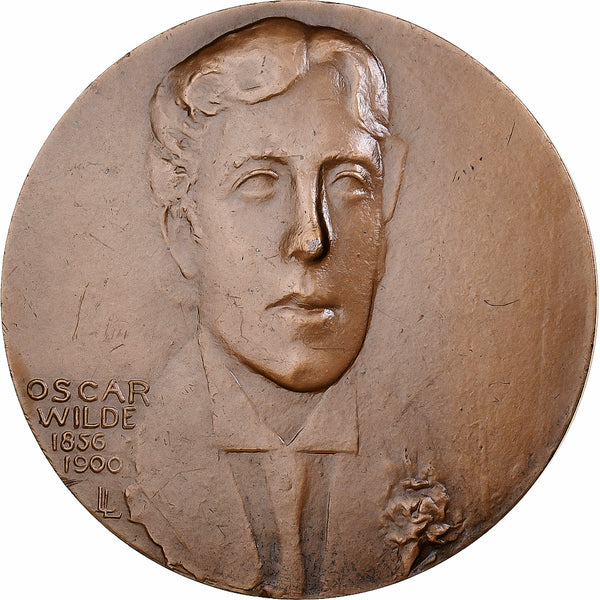Edito – Stories of October

Of fall and currencies...
For this monthly editorial, which has practically become a ritual, we are delighted to bring you an abundant crop of facts, a harvest of times gone by and their associated coins, medals, and banknotes.
After all, it must not be forgotten that numismatics is first and foremost the art of studying the tangible witnesses to times gone by – those in perfect condition and those with marvelous imperfections.
On that note, here comes a review of the history, stories, ancient and modern coins, medals, tokens, and other banknotes worth collecting associated with this month. Of course, it is not a complete review, as history is so packed full of events and wonderful treasures that it would be impossible to summarize it in so few words, even on a monthly basis.

Ancient coins and the founding of cities
from Constantinople to Baghdad
The death of Emperor Galerius in AD 311 was one such event!
There were no fewer than four Roman emperors at the time, and it wasn’t all plain sailing. In the end, only two emperors remained: Licinius in the East (at least for a while) and Constantine I in the West.
This was thanks in particular to Constantine’s victory over his opponent Maxentius at the Battle of the Milvian Bridge on October 28, 312.
The dyarchy would not last for long though, and Constantine reunited the two empires a little over 10 years later.
He founded Constantinople in 330.
Al-Saffah’s was a bloody dynasty!
We now move forward to a little (3 centuries) later than the end of the ancient period, in Iraq, Syria, and beyond. The Umayyad dynasty and the caliph Marwan II reigned over these lands at that time.
On October 31, 749, however, Abu al-Abbas announced his intention to overthrow Marwan II. Just a few months later, he succeeded, and the Abassid dynasty seized power under the leadership of the one now nicknamed al-Saffah (the Blood-Shedder).
It was in 762 that his successor, Al-Mansur, also founded a city which would become a capital: Baghdad.
Coin Abbasid Caliphate
al-Mansur, Dirham, AH 144 (761/762 AD), Kufa
Our experts’ choice
And while we are on the subject of wars and the founding of cities, let’s take a trip back in time: to the midst of the famous Battle of Gaugamela. It was at this battle on October 1, 331 BC, that Darius III, King of Persia, was defeated by Alexander the Great.
To illustrate this historic battle, we are delighted to present this magnificent stater made of gold and featuring Nike, the goddess of victory, on its reverse. Because it couldn’t have been any other way!
Kingdom of Macedonia Alexander III the Great
Stater, 333-305 BC, Sidon, Gold

Banknotes: whether it’s a yes or no,
we’re celebrating anyway!
Revolutionary, popular, and communist: it’s a yes!
It was on October 1, 1949, that Mao Zedong proclaimed the establishment of the People’s Republic of China from the balcony with a view of Tiananmen Square in Beijing.
The day was declared a national holiday and is still celebrated every year.
Opposite is a Chinese banknote bearing the effigy of the former leader of the Republic of China, Chiang Kai-shek, who was ousted by Mao.
Mussolini in Greece: it’s a no!
Despite his somewhat undemocratic (euphemistically speaking) political leanings and nationality, the Greek leader Ioannis Metaxas refused to let Mussolini’s troops enter and occupy areas of his country on October 28, 1940.
The response was clear: “Ὄχι” (no).
Unfortunately, it was all Greek to Mussolini, and he attempted once again to launch an unauthorized invasion. However, he met with unexpected resistance from the Greeks, who sent him packing to Albania, where his troops were stationed.
Ever since, the “Anniversary of the No” has been celebrated as the second Greek national holiday.

French coins
demanding they be noticed
Protestants on the bill!
While the internecine and sometimes bloody struggle between Protestants and Catholics raged for a long time in France, interspersed with long lulls, the very first event to mark its origins was the “Affair of the Placards” in the 16th century. The placards in question were notices featuring a text hostile to Catholic mass posted on the walls of Paris in the night of October 17–18, 1534.
17 years after the publication of the “Ninety-five Theses” by Martin Luther, King Francis I, relatively tolerant in religious matters until that point but still a staunch Catholic, became enraged. It wasn’t long before public executions followed.
One faith, not two!
Following the years of appeasement granted by Henry IV and his Edict of Nantes, the latter was already looking considerably worse for wear by the time Louis XIV revoked it on October 18, 1685, with the Edict of Fontainebleau.
To sum it up in one phrase: “One law, one faith, one king”.
The Protestant faith was no longer permitted in France, and persecutions and dragonnades increased. Almost 200,000 Huguenots fled France, equivalent to almost 1% of the country’s population at that time.
Our experts’ choice
Philip IV (the Fair) became King of France at the age of 17 on October 5, 1285. He was also very occupied with religion, but this time the Catholic faith, between the Knights Templar and other bishopric affairs along with his disputes with Pope Boniface VII over tax issues.
To illustrate this remarkable reign, we simply had to show you this no-less-remarkable Petit royal d’or dating from 1290.
France Philippe IV le Bel
Petit Royal d'or, 1290, Gold, PCGS, Genuine

Collectible Medals
and liberty beloved
A question of flame and light!
“Liberty Enlightening the World”, more famous as the Statue of Liberty, was dedicated in New York Harbor on October 28, 1886. This monumental statue towering 46 meters high was designed by French sculptor Frédéric Auguste Bartholdi and a gift to the United States from the people of France.
France Medal
Bartholdi, Statue of Liberty, 1886, Silver, AU(55-58)
A question of independence!
As World War I came to an end, Austria-Hungary was crumbling. Czechoslovakia built a future for itself on the ruins of the former empire and proclaimed its independence on October 28, 1918.
Czechoslovakia Medal
Charles University, Foundation of Czechoslovakia, 1919
A question of space!
The Russians were the first to open up the field of possibilities in space and launched the very first artificial satellite, Спутник I (Sputnik 1), from the Baikonur Cosmodrome on October 4, 1957.

Global currencies
and unrest
October 2, 1968
Tlatelolco massacre in Mexico. Mexican Armed Forces opened fire on student protesters just a few days before the start of the 1968 Summer Olympics. 300 people died.
October 5, 1910
Proclamation of the Portuguese Republic (5 October 1910 Revolution) following a coup d’état and the overthrowing of Manuel II.
October 9, 1934
Assassination of Alexander I of Yugoslavia in Marseilles by Croatian terrorists.
October 22, 1962
Climax of the Cold War and the Cuban Missile Crisis. US President John Fitzgerald Kennedy issued an ultimatum to Nikita Khrushchev.
The crisis was not finally resolved until 6 days later on October 28, when Khrushchev gave an address on Radio Moscow announcing the dismantling of the missile site. Nuclear war was only narrowly avoided.

Famous birthdays
Notable October births include:
Translation: Michael Wright
Iconographie :
- "L'automne à New-York" by the AI program Midjourney (2024) (All rights reserved)
- "View of Constantinople and the Bosphorus" by Ivan Aivazovsky (1856) (Public domain)
- "年 毛泽东接见红卫兵油画" (1967) (Public domain)
- "La statue de la Liberté de Bartholdi, dans l'atelier du fondeur Gaget, rue de Chazelles" by Paul Joseph Victor Dargaud (circa 1884) (Public domain)
- "John F. Kennedy meeting with Nikita Khrushchev in Vienna" - Photograph from the U. S. Department of State in the John F. Kennedy Presidential Library and Museum, Boston (1961) (Public domain)
- Oscar Wilde portrait by Napoleon Sarony (1882) (Public domain)







































